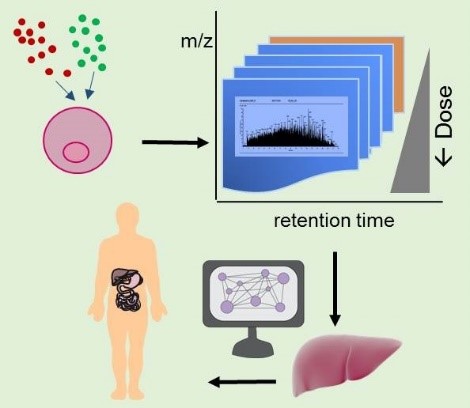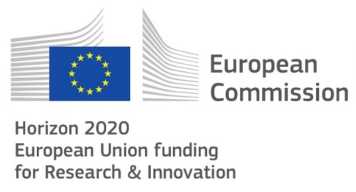Tiered strategies for risk assessment of mixtures of multiple chemicals
A traditional approach to assessing the risk to human health from chemical exposure is to study one chemical at a time without considering the more realistic scenario of aggregate and combination exposures to multiple chemicals. Aggregate exposure can result in effects that cannot be reliably predicted by simply adding the effects from single chemical exposures. The EU Research and Innovation Program Horizon 2020 funds Euromix, a consortium of 22 European research institutes and 4 affiliated partners to develop an experimentally verified, tiered strategy for cumulative risk assessment of chemical mixtures. On the basis of our expertise in using in vitro models to address how transcriptional activation of metabolic enzymes impacts toxicity, together with bioanalysis capacities, our group is an active member of Euromix. We develop and apply high-content in vitro bioassays to measure molecular and cellular endpoints of toxicity, with a major focus on cellular protein network responses in liver cells.

Representative publications
Müller FA, Sturla SJ. (2019) Human in vitro models of nonalcoholic fatty liver disease.
external page https://doi.org/10.1016/j.cotox.2019.03.001
Luckert C, Braeuning A, Georges de S, Durinck S, Katsanou ES, Konstantinidou P, Machera K, Milani ES, Peijnenburg AACM, Rahmani R, Raijkovic A, Rijkers D, Spyropoulou A, Stamou M, Stoopen G, Sturla S, Wollscheid B, Zucchini-Pascal N, Lampen A. (2018) Adverse Outcome Pathway-Driven Analysis of Liver Steatosis in vitro: A Case Study with Cyproconazole.
external page https://pubs.acs.org/doi/10.1021/acs.chemrestox.8b00112
Hartung T, FitzGerald RE, Jennings P, Mirams GR, Peitsch MC, Rostami-Hodjegan A, Shah I, Wilks MF, Sturla SJ. (2017) Systems Toxicology: Real World Applications and Opportunities.
external page https://pubs.acs.org/doi/abs/10.1021/acs.chemrestox.7b00003
Funding

This research is funded by the Horizon 2020 research program
Horizon 2020
European Union funding for Research & Innovation